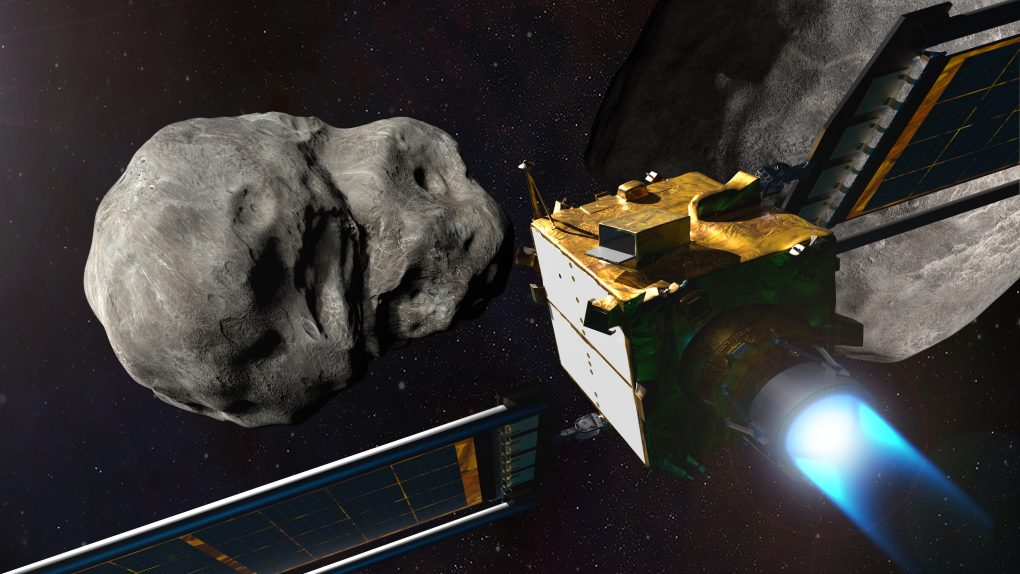NASA will crash a spacecraft into an asteroid over 6 million miles away from Earth in just a couple of days. The DART test has been in the works for years; NASA first announced DART in 2019, and has been building to this moment ever since. Now, the time for the test has finally arrived, and here’s everything you need to know to tune in and watch NASA slam a spacecraft into an asteroid.
DART, which stands for Double Asteroid Redirection Test, will slam a small spacecraft into a moonlet known as Dimorphos, which orbits a near-Earth asteroid called Didymos. NASA hopes to redirect Dimorphos’ orbit with the maneuver. If successful, it could open new ways for space agencies worldwide to defend against killer asteroids.
How to watch NASA’s DART test live
NASA will hold a live stream event for the NASA DART test on Monday, September 26, starting at 6 p.m. EDT. The space agency also plans to hold several important media briefings leading up to the event, and they’ll all be streamed live on NASA TV. As always, NASA will host its NASA TV content on the agency’s official YouTube channel and website.
NASA launched DART atop a SpaceX Falcon 9 back in November of 2021. Since then, the small spacecraft has made the trek of almost 6.5 million miles toward Didymos and its companion, Dimorphos. When it reaches the duo of asteroids on September 6, that journey will end as the spacecraft slams headfirst into the smaller asteroid.
NASA will hold a briefing on Thursday, September 22 at 3 p.m. EDT. The briefing will take place at NASA HQ in Washington and will discuss the final activities of the DART test before it impacts Dimorphos. You can tune into that briefing later today for more info about the DART test and what DART’s final hours will involve.

On September 26, starting at 6 p.m. EDT, the space agency will live-stream the DART test’s final approach. During this time, the spacecraft will slam into the smaller asteroid, hopefully changing its orbit by a very small margin. It’s unclear exactly how much of an effect DART will have on the asteroid Dimorphos.
Leading up to NASA’s DART test, a team with the Johns Hopkins Applied Physics Laboratory has been studying the asteroid pair from a distance, to ensure we have a clear understanding of the orbit that they follow. Once DART has crashed into the moonlet, ground-based space telescopes will zoom in on the pair to evaluate just how much the orbit has changed.
Additionally, NASA will have a shoebox-sized cubesat, known as the Light Italian Cubesat for Imaging Asteroids, which was released from DART on the way to the asteroid pair. This small cubesat will watch the interaction from a distance while DART’S Didymos Reconnaissance and Asteroid Camera for Optical Navigation (DRACO) captures images of the impact.
DRACO will be switched on during the final dive, at which point it will capture images every second to help showcase the impact of NASA’s DART test for scientists and engineers back home.
If NASA’s DART test is successful, it will open the door for more asteroid monitoring and planetary defense research to dig in and expand on the idea. That could hopefully make it possible to defend Earth from any kind of killer asteroids in the future.
More space coverage: Watch NASA successfully crash the DART spacecraft into an asteroid.








